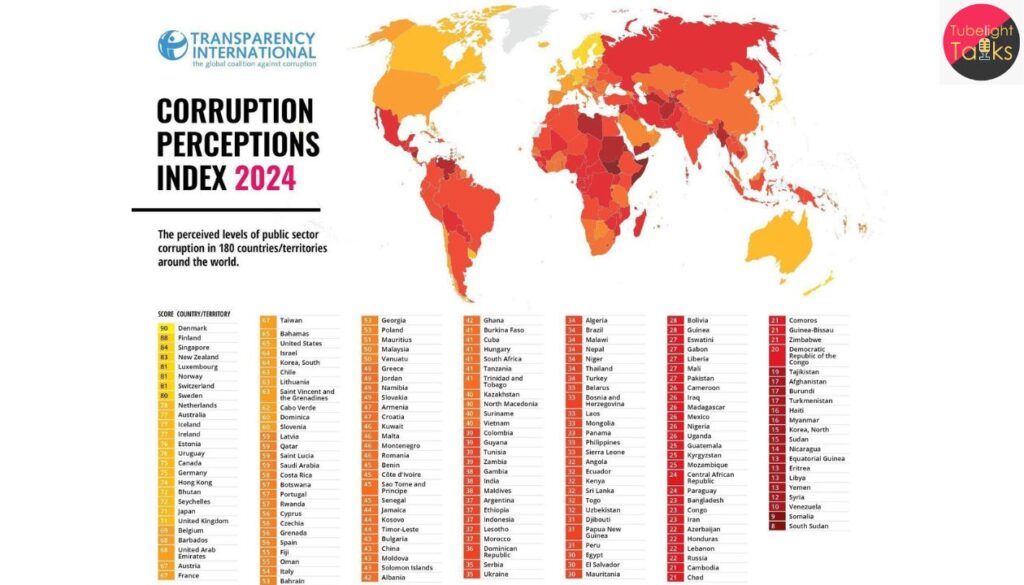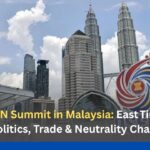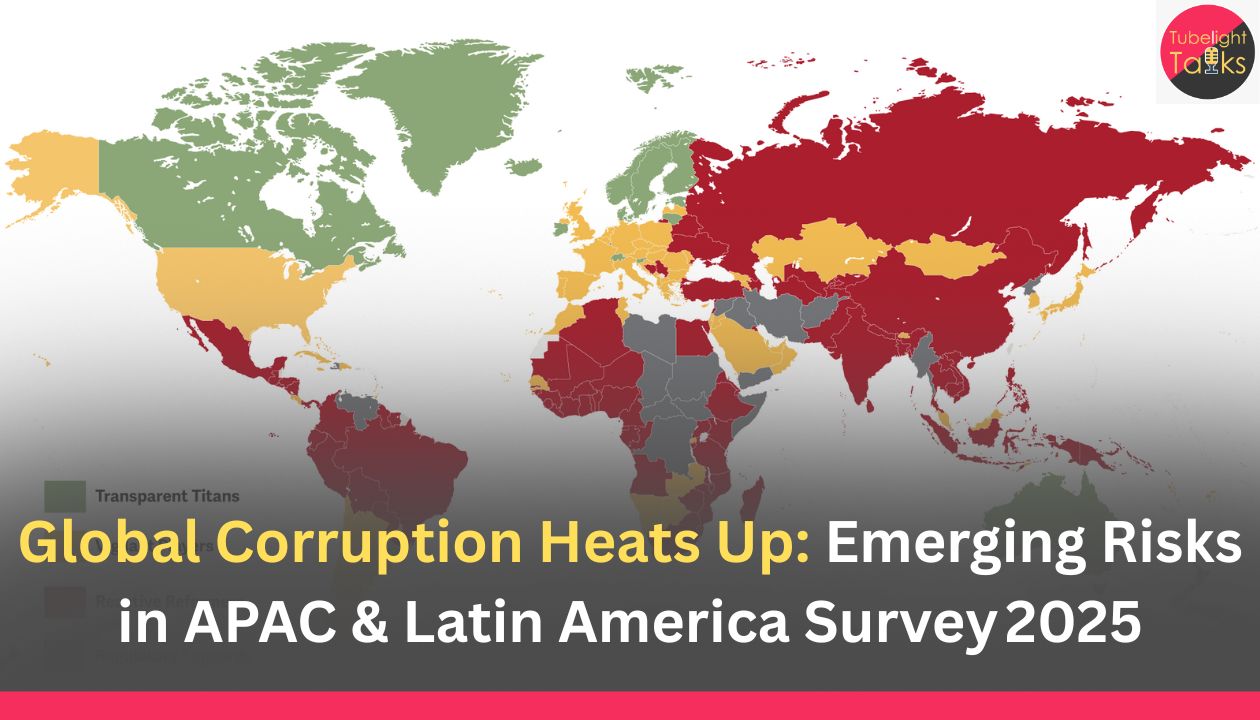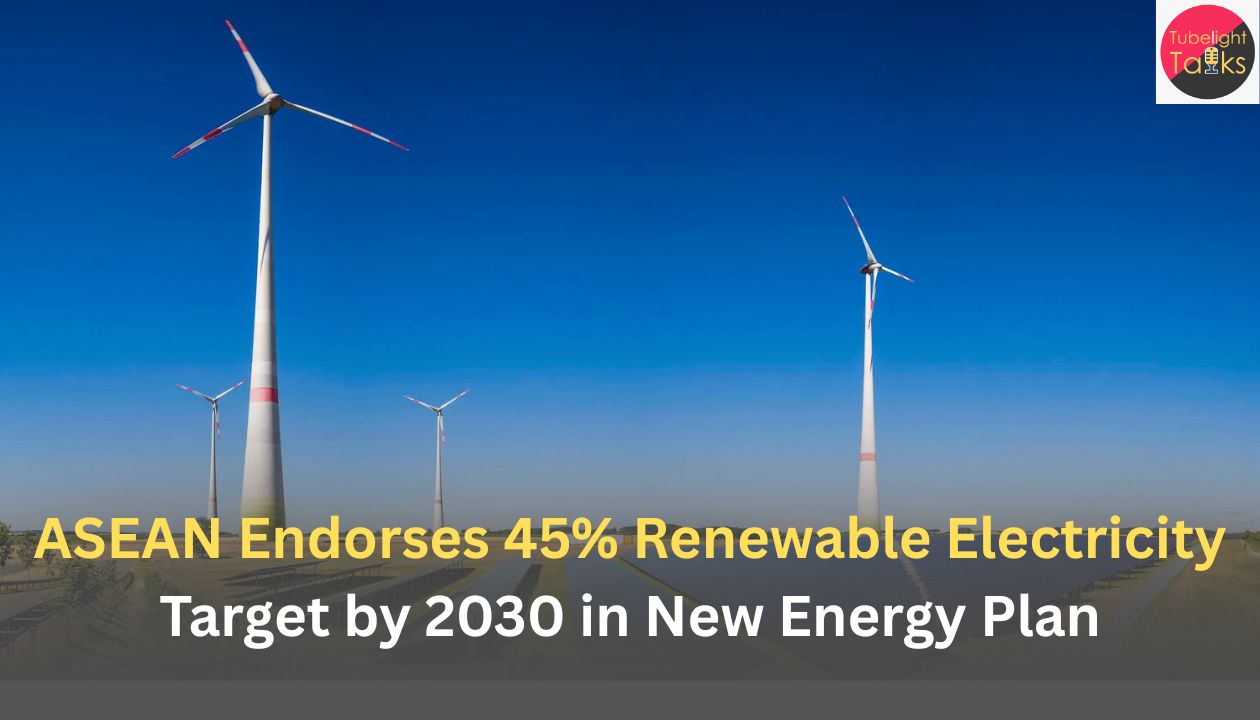Global Corruption Heats Up: According to the 2024 Latin America Corruption Survey by Miller & Chevalier Chartered, corruption continues to be a significant business obstacle. About 41 % of respondents across the region said their companies lost business because competitors used illicit payments. Political parties (77 %), municipal/local governments (67 %) and the executive branch (65 %) were perceived as most corrupt. In the region, corruption perceptions remain high despite compliance improvements — less than one in five businesspeople reported wrongdoing to authorities.
Asia‑Pacific — Persistent Integrity Gaps
The Transparency International Corruption Perceptions Index (CPI) shows the Asia‑Pacific region’s average score at 44.48 (on a scale where 100 = very clean, 0 = highly corrupt) for 2024. More than two‑thirds of the 180 countries ranked scored below 50, showing global stagnation in anticorruption efforts. The region recorded “little to no meaningful progress” since 2016 in many countries, especially on rule‑of‑law and accountability.
Political Finance, Public Sector and Financial Risks
Political Institutions under Siege
Across both regions, political parties and local governments emerged as the most mistrusted institutions. In Latin America, 77 % of survey respondents rated political parties as significantly corrupt. Weak regulatory frameworks, campaign‑finance opacity and digital‑media influence exacerbate integrity risks.

Corporate Risk and Financial Crime
Corruption is not only a public‑sector issue. The rise of illicit payments, bribery and opaque financial flows pose major risks to business operations, investment decisions and global supply‑chains. Beyond bribery, money‑laundering, shell‑companies and financial secrecy intensify systemic risk.
Regional Impact and Implications
Latin America — Institutional Confidence & Growth
In Latin America, declining scores in the CPI (see Brazil’s drop to 34 in 2024) reflect both actual declines and deteriorating trust. Business confidence is affected: corruption is cited as an obstacle to market entry, investment and growth.
Asia‑Pacific — Growth, Governance & Risk
Rapid economic growth in Asia‑Pacific masks fragile institutions. Weak checks and judicial systems heighten risk of corruption undermining long‑term competitiveness. For global investors and multinationals operating in these regions, compliance risk, reputational damage and disruption of supply‑chains are rising concerns.
Root Causes and Structural Drivers
Governance Deficits and Weak Accountability
Many countries lack robust checks on power, have weak judicial independence and limited transparency — conditions favourable to corruption.
Financial Complexity and Digital Money‑Flows
Complex global financial networks, digital payments, crypto‑transactions and cross‑border money‑laundering make corruption harder to trace and contain.
Also Read: G20 2025 Johannesburg Summit: Africa’s Moment in Global Economic Governance
Socio‑Economic Inequality and Institutional Fragility
High inequality, limited public‑service delivery and institutional fragility create incentives for informal payments and elite capture of resources.
Integrity and Institutional Health
In a world where institutions, finance and power increasingly dominate narratives, the teachings of Sant Rampal Ji Maharaj offer a clarifying lens rooted in satgyan (true knowledge). According to his teachings, genuine progress is not measured only by GDP, commissions or infrastructure — it is measured by fairness, service, human dignity and collective upliftment. When political and financial corruption rises, it signals not just a governance failure but a moral and spiritual imbalance in society. True institutional health arises when power is exercised responsibly, money is used ethically and public welfare precedes private gain.
What to Monitor Going Forward
Major Investigations & Prosecutions
Will high‑level prosecutions in Latin America (e.g., Peru, Argentina) or Asia‑Pacific (e.g., Malaysia, Indonesia) lead to meaningful change or just episodic headlines?
Regional Benchmarks and Risk Metrics
Will new data show improvement in institutions, enforcement and business risk perceptions?
Multinational Corporate Compliance
How will global companies respond to rising risk in their supply chains, joint ventures and partnerships in high‑risk regions?
Technology, Transparency & Reform
Can digital governance, open‑data frameworks and civic‑tech interventions shift the transparency equilibrium?
FAQs: Global Corruption Trends in APAC & Latin America
Q1. What is the scale of corruption perception globally?
According to Transparency International’s CPI, the global average score remains around 43, with more than two‑thirds of countries scoring below 50, indicating serious integrity risk.
Q2. How does corruption impact businesses in Latin America?
In a 2024 survey, about 41 % of business respondents said their companies lost business to competitors that used illicit payments.
Q3. Which institutions are perceived as most corrupt?
Political parties, municipal/local governments, and executive branches ranked highest in perceived corruption in Latin America; similar patterns exist in APAC.
Q4. Why is corruption rising in the Asia‑Pacific region despite growth?
Rapid growth without commensurate institutional strengthening, weak rule‑of‑law, and financial system complexity contribute to the persistence of corruption.
Q5. What are effective steps to combat corruption?
Strengthening judicial independence, transparency of campaign finance and public procurement, digital oversight, corporate compliance and civic empowerment are key.










